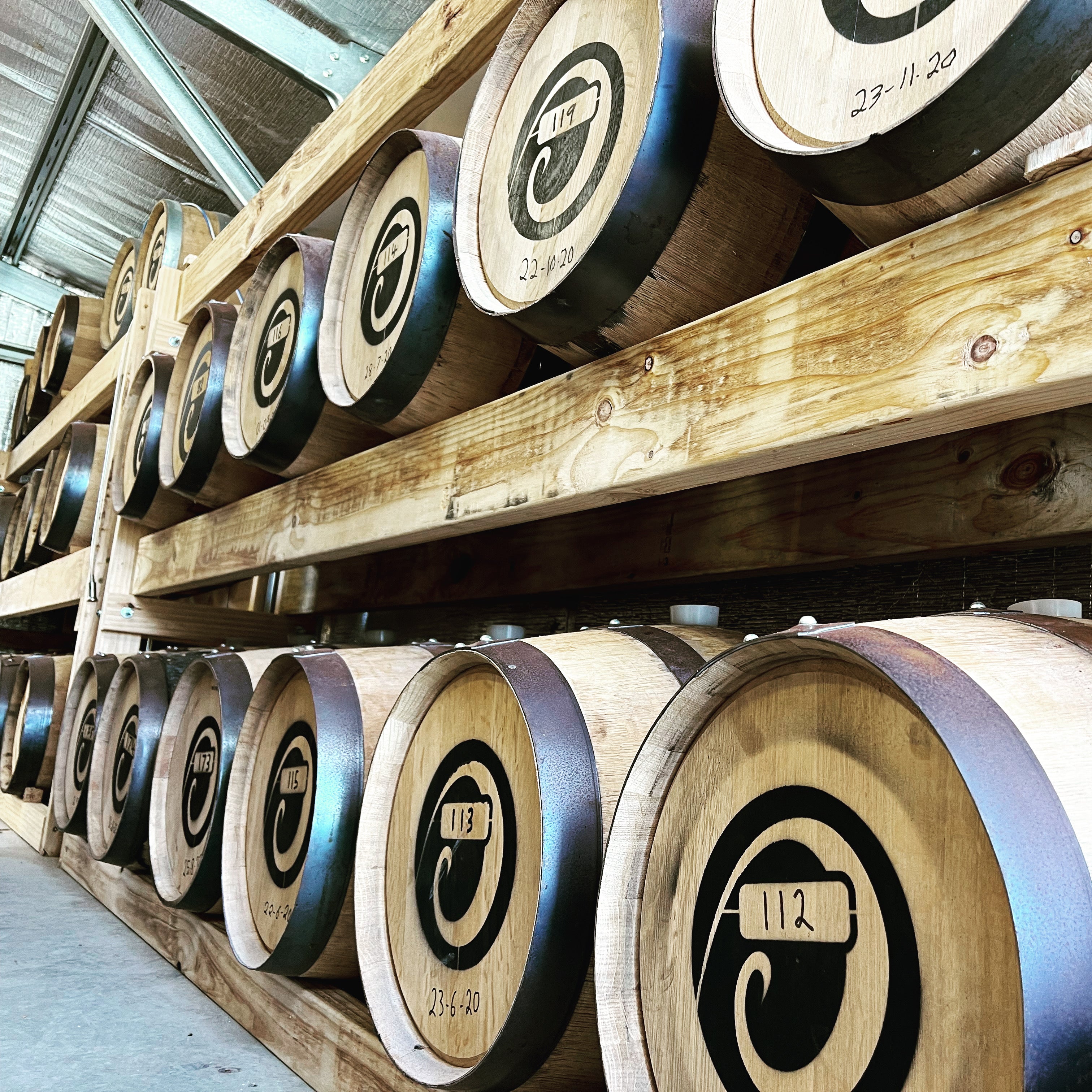The Timeless Tradition of Oak Barrels in Whisky Aging
Whisky enthusiasts often celebrate the complex flavours of their favourite spirit, but few may ponder the historical journey that has shaped its distinctive taste. A crucial part of this journey is the use of oak barrels, not just as containers, but as crafters of the character and soul of whisky. Today we explore the history of oak barrels in the aging of whisky, tracing their origins and their pivotal role in both transportation and spirit maturation.
The Invention of the Oak Barrel
The oak barrel's story begins long before whisky came into the picture, with its invention by the Gauls, a collection of Celtic tribes in Europe, during the Iron Age. Historical texts suggest that these barrels were initially designed for transporting beer and other goods across the expansive trade networks of ancient Europe. The Romans, observing the efficiency of these containers, adopted the technology, appreciating not only their durability but also their ease of transport compared to the clay pots used previously.
Oak was favored over other woods due to its tight grain, which made the barrels less prone to leaking and more capable of withstanding long journeys. Moreover, oak is abundant in Europe and North America, making it accessible and sustainable for barrel making.
Transition to Whisky Aging
As trade and transportation developed, oak barrels became integral to the storage and shipment of goods, including spirits. It was during this time that the transformative impact of oak on spirits like whisky was discovered. Historically, whisky was distilled and consumed young, without aging. However, as distilleries began to use barrels previously utilized for transporting beer, wine, or brandy, they noticed significant changes in the spirit’s flavour and colour.
The interaction between oak and whisky is a delicate dance of chemistry and time. Oak wood imparts a range of flavours, from vanilla and coconut derived from lignin in the wood, to spicy and toasty notes from the tannins. Additionally, the slow ingress and egress of air through the wood aid in the oxidation of the whisky, smoothing harsh notes and developing a richer profile.
The Science and Art of Cooperage
The craft of making barrels, known as cooperage, is a traditional skill that has evolved alongside the whisky industry. Coopers—the artisans who make oak barrels—play a critical role in the aging process. The construction of a barrel, including the selection of the wood, its seasoning (drying and weathering), and the charring of the interior, are all carefully controlled to affect the whisky’s final flavour.
For instance, American oak barrels, which are often used for bourbon and then repurposed for malt Whisky, contribute bold and sweet vanilla flavours, whereas European oak offers spicier and more robust notes. The charring of the barrel’s inner surface creates a layer of charcoal that acts as a filter to remove unwanted compounds, known as congeners, from the whisky.
Oak Barrels Today
Today, the use of oak barrels is a standard in whisky production globally, and the industry continues to experiment with different types of oak and aging conditions to refine and diversify flavour profiles. Innovations include using barrels from different types of wine or spirits to introduce additional layers of flavour, and experimenting with the size and shape of barrels to influence the rate and quality of aging.
The legacy of oak barrels is not just about tradition; it's about the transformation they enable, turning new make spirit into the rich, complex whiskies enjoyed around the world. This evolution from practical containers to essential craft components in whisky making showcases how historical innovations continue to influence modern practices, reminding us that sometimes the best tools for contemporary craftsmanship have roots deep in history.


